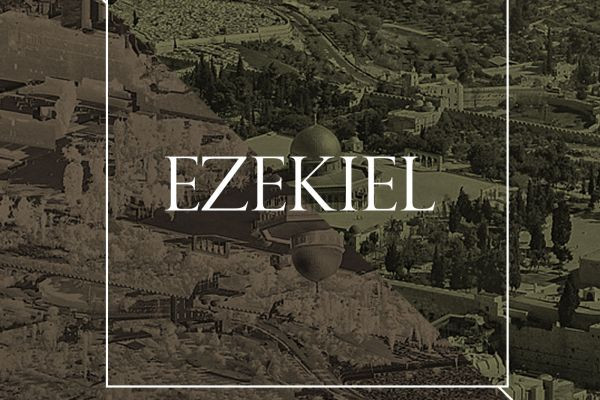Ezekiel: Visions, Prophecies, and the Call to Restore
The story of Ezekiel, a figure from the Bible, is rich and complex, filled with visions, prophecies, and symbolic actions. Ezekiel was a prophet and priest who lived during the 6th century BCE in Babylon, during a time when the people of Judah were in exile. Here is a detailed account of Ezekiel's story:
The Calling of Ezekiel
Ezekiel was born into a priestly family in Jerusalem around 622 BCE. At the age of 30, he experienced a life-altering vision. He saw a divine chariot, accompanied by angelic beings and a radiant figure resembling God's glory. This awe-inspiring vision profoundly impacted Ezekiel, setting him on the path of prophecy and divine calling.
The Exile to Babylon
In 597 BCE, the Babylonian king Nebuchadnezzar II besieged Jerusalem, leading to the first deportation of Judahites, including Ezekiel, to Babylon. This forced relocation marked the beginning of a turbulent period for the exiled community.
Ezekiel's Prophetic Ministry
In Babylon, Ezekiel received a series of prophetic visions from God. These visions often carried symbolic meanings and were intended to convey messages of rebuke, warning, and hope to the exiled people. One of the most iconic visions was the valley of dry bones, symbolizing the restoration of Israel.
The Vision of the Valley of Dry Bones
In this vision, Ezekiel found himself in a valley full of dry bones. God instructed him to prophesy to the bones, and as he did, the bones came together, sinews and flesh covered them, and they were infused with breath, coming back to life. This vision symbolized the restoration and revival of the exiled Israelites, showing that God could bring life back to a seemingly hopeless situation.
Ezekiel's Symbolic Actions
Ezekiel's ministry also included symbolic actions meant to convey divine messages. For instance, he was instructed to build a model of Jerusalem under siege, laying siege against it himself to illustrate the coming destruction of the city. Another symbolic act involved him shaving his head and dividing the hair, symbolizing the fate of the people of Jerusalem during the Babylonian siege.
Prophecies and Warnings
Throughout his prophetic career, Ezekiel conveyed messages of judgment against the idolatry, injustice, and disobedience of the people. He warned them of the impending consequences of their actions, the fall of Jerusalem, and the destruction of the Temple. However, he also offered messages of hope and restoration, promising a future return to their homeland and a renewed relationship with God.
The Shekinah Glory
Ezekiel witnessed the departure of God's glory, known as the Shekinah, from the Temple in Jerusalem due to the people's sins. The departure of God's glory represented the abandonment and impending destruction of the Temple and the loss of divine presence.
Legacy and Later Years
Ezekiel's prophecies and writings were recorded and preserved, becoming a significant part of the Hebrew Bible. His visions and teachings continued to influence subsequent generations and have had a lasting impact on both Jewish and Christian theology and thought.
Ezekiel's story is one of spiritual awakening, obedience to divine calling, steadfast prophetic ministry, and the profound impact of visions and symbolic actions on his community during a time of exile and spiritual struggle.









